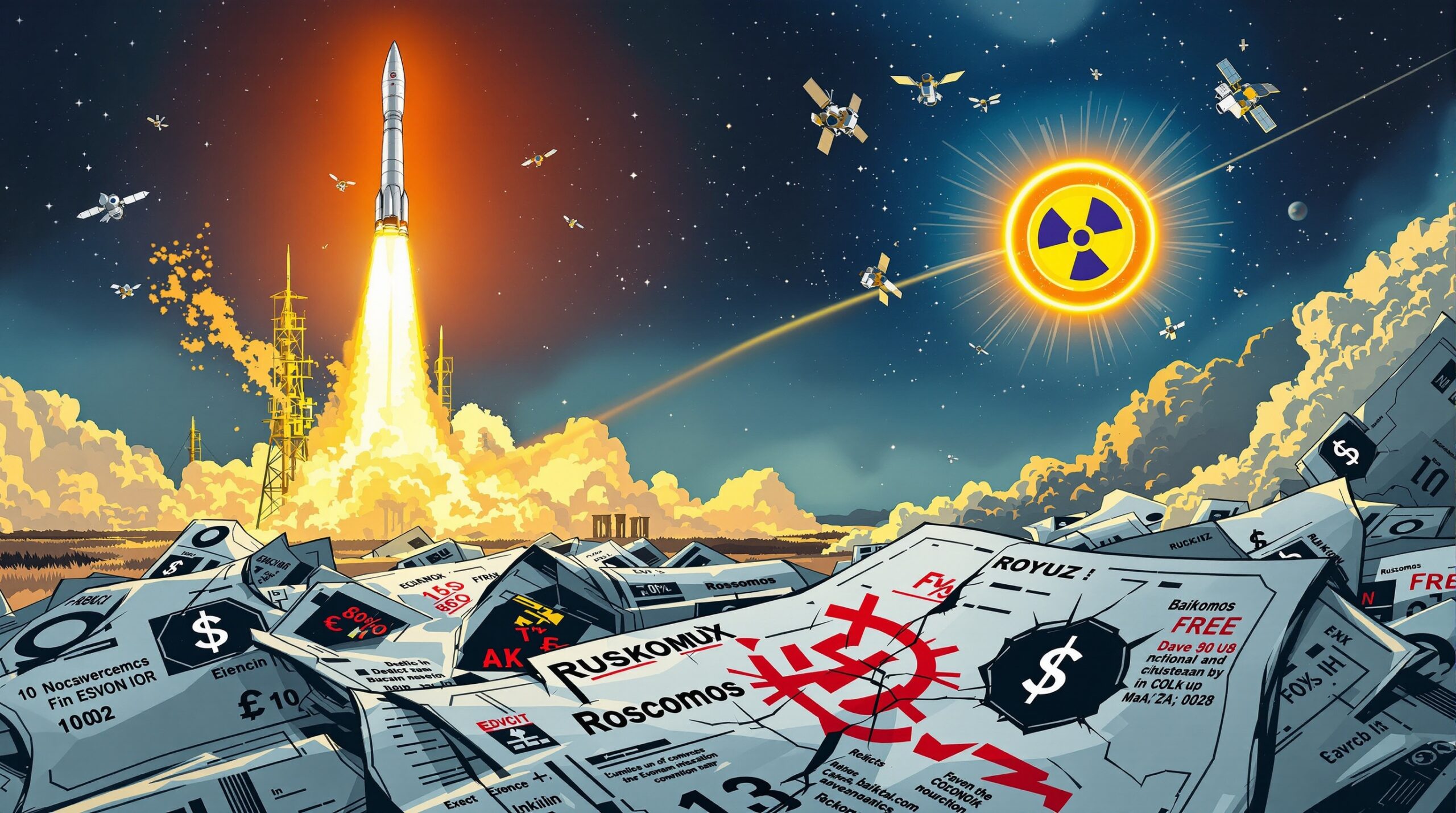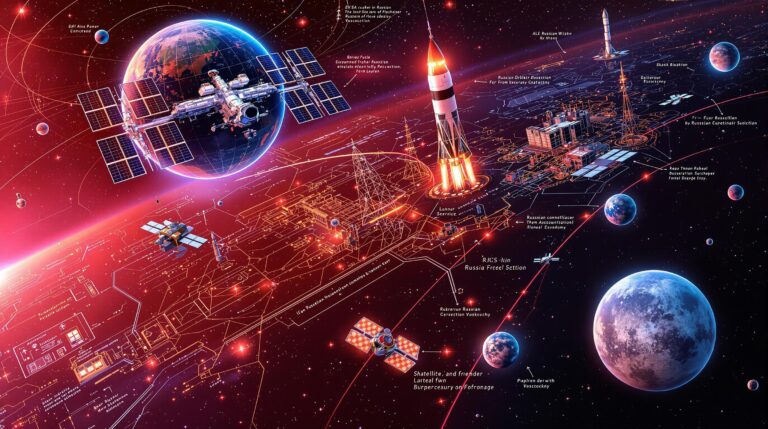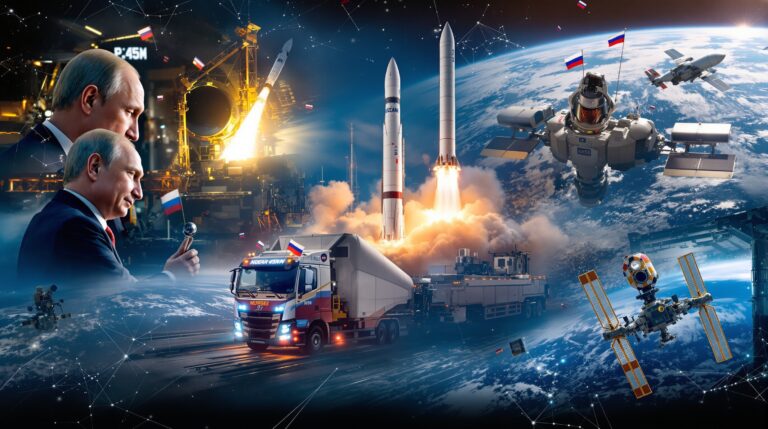Weekly Russia Space News: August 23-30, 2025
Weekly Russia Space News
Introduction
Russia’s space sector continues to navigate a complex landscape of innovation, financial pressures, and geopolitical tensions. This week’s roundup highlights critical developments, from mounting economic challenges within Roscosmos to recent orbital missions and evolving international partnerships. As global space exploration accelerates, Russia’s contributions remain pivotal, yet they face significant hurdles that could reshape its role in the cosmos. Scientists and space enthusiasts will find these updates essential for understanding the trajectory of one of the world’s pioneering space programs.
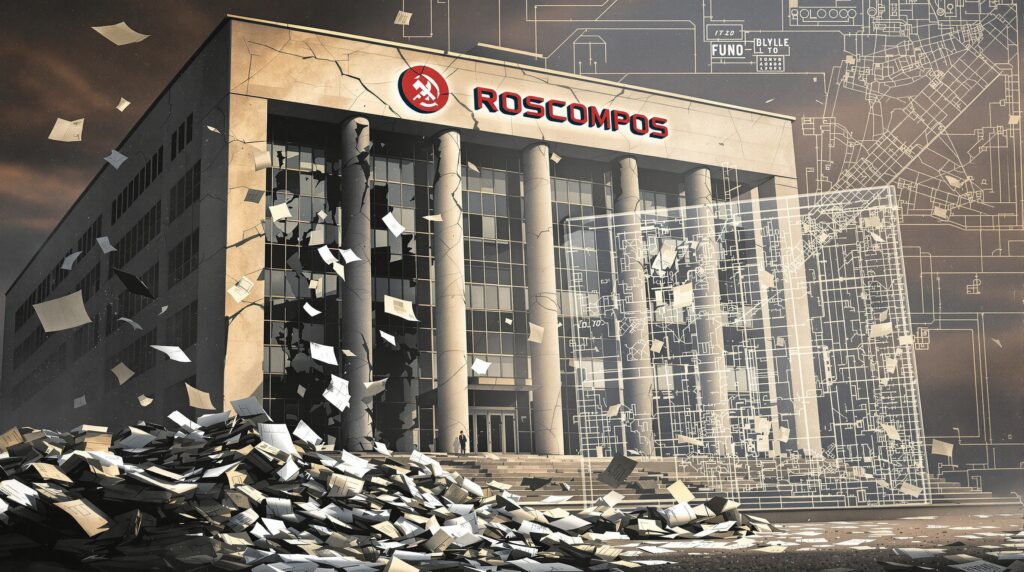
Financial Turmoil Grips Roscosmos and Key Subsidiaries
Roscosmos, Russia’s state space corporation, confronts severe financial distress that threatens its operational stability. Officials within the agency have openly acknowledged the crisis, with a high-ranking executive stating that Russia cannot sustain new spacecraft and rocket developments amid competing national priorities, such as military expenditures. This admission underscores a broader decline, as Roscosmos grapples with debts, delays, and mission failures that expose deep structural issues in the country’s space industry.
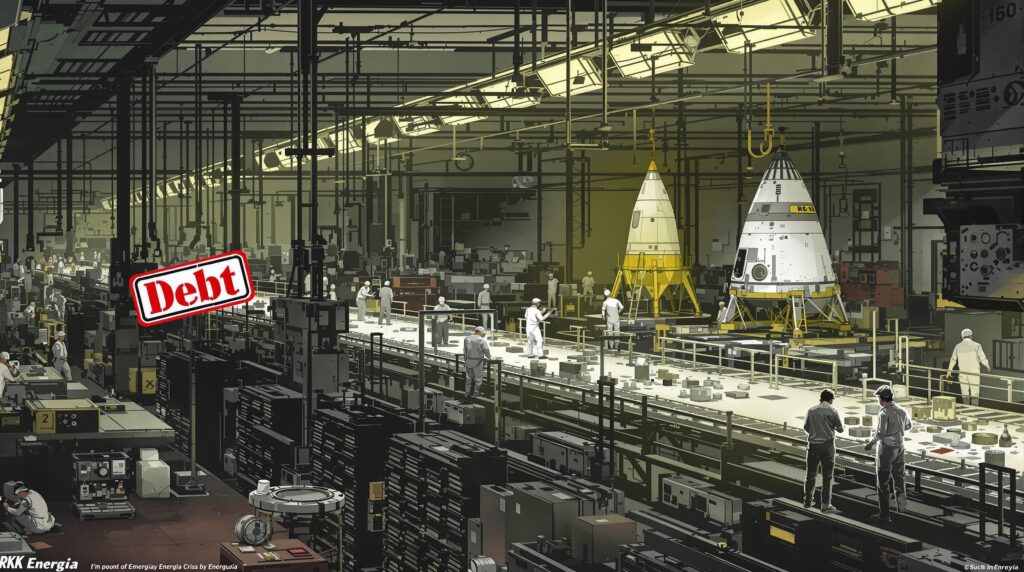
RKK Energia, the legendary firm behind the Soyuz spacecraft, teeters on the brink of collapse. Reports indicate mounting debts and repeated setbacks, including failed launches and unfulfilled contracts. Once a symbol of Soviet-era glory, Energia now symbolizes the erosion of Russia’s space capabilities. Analysts point to sanctions following the Ukraine conflict, which have severed ties with Western partners and led to an 80% drop in export revenue. This financial squeeze has left employees unpaid for months at key design institutes, prompting mass resignations and frozen accounts.
The crisis extends to other subsidiaries. A major design institute responsible for developing all Soviet-era rockets has declared a “critical situation,” signaling potential bankruptcy. This institute’s collapse could halt progress on essential projects, including next-generation launch vehicles. Experts warn that without a government bailout, Russia risks falling further behind competitors like the United States and China in space technology. For the scientific community, this instability raises concerns about the continuity of Russia’s contributions to international space research, such as joint experiments on the International Space Station (ISS).
Despite these challenges, Roscosmos maintains a fleet of over 220 scientific and application satellites as of April 2025, demonstrating residual strength in orbital operations. However, the agency’s first deputy director has projected that profitability may not return until later this year, highlighting the urgent need for reforms. As Russia prioritizes munitions over space ambitions, the sector’s future hangs in the balance, potentially limiting advancements in areas like satellite reconnaissance and deep-space exploration.
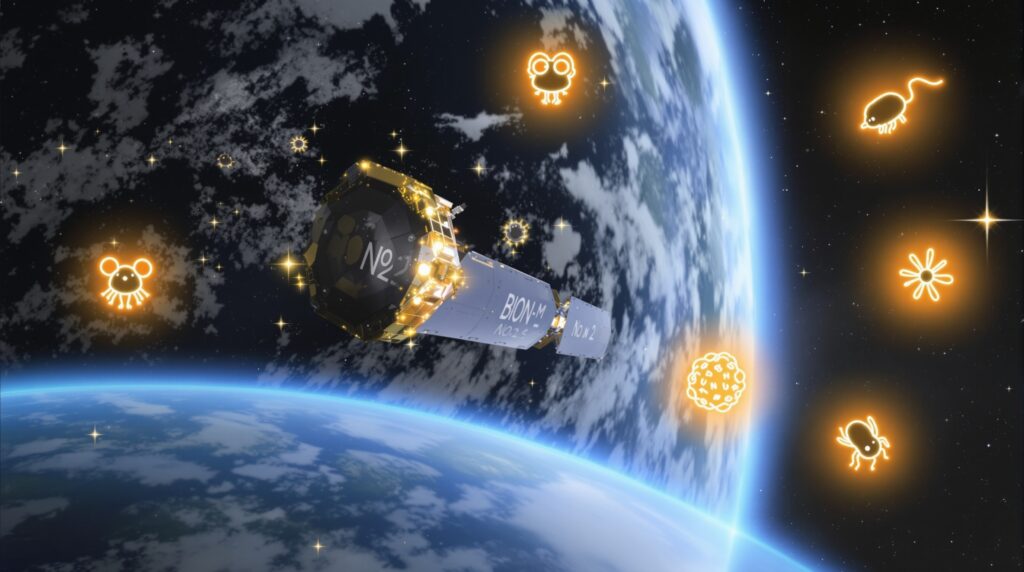
Recent Launches and Orbital Achievements
Russia achieved a notable milestone with the launch of the Bion-M No. 2 biosatellite on August 20, 2025, just before this week’s focus period but with ongoing implications. The mission sent 75 mice, 1,000 fruit flies, and various microbes into Earth orbit to study the effects of spaceflight on biological organisms. Scientists aim to gather data on radiation exposure, microgravity impacts, and genetic adaptations, which could inform future human missions to Mars or the Moon.
The Soyuz rocket propelled the biosatellite from the Baikonur Cosmodrome in Kazakhstan, marking one of Russia’s few successful launches this year. This event contrasts with the agency’s overall slowdown; as of mid-August, Russia had conducted only nine orbital launches in 2024, the lowest since 1961. The Bion-M series builds on decades of Russian expertise in space biology, offering valuable insights for global researchers studying long-duration space travel.
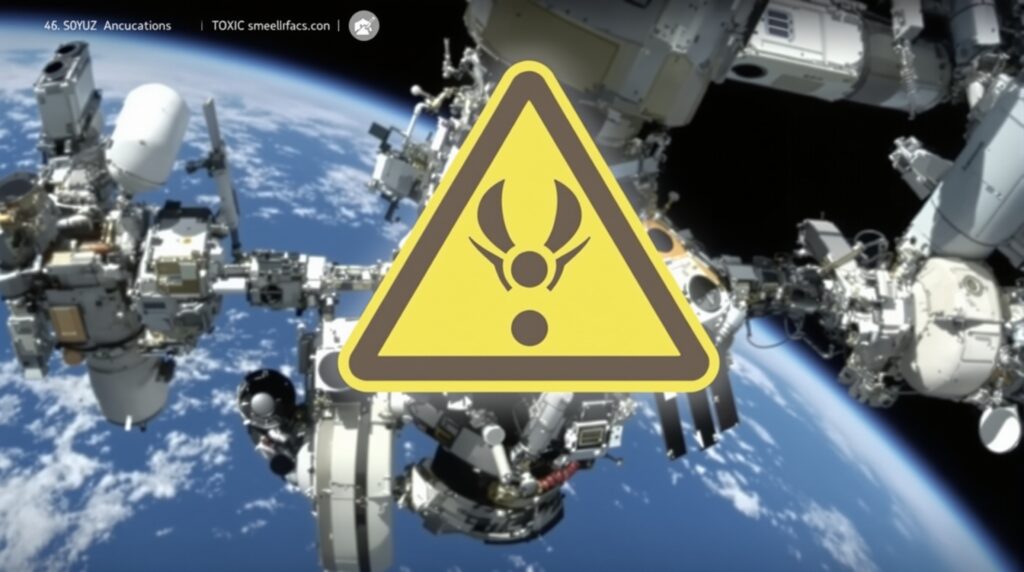
In related news, a Progress cargo spacecraft docked with the ISS earlier in the summer, delivering essential supplies. While not within this exact week, ongoing monitoring of these missions reveals persistent issues, such as a recent toxic smell detected during hatch opening on a similar vehicle. These incidents highlight the aging infrastructure of Russia’s space assets, with 80% of ISS equipment beyond warranty. For scientists, such events underscore the need for robust safety protocols in multinational space endeavors.
Geopolitical Tensions and Space as a Battlefield
International concerns escalated this week regarding Russia’s space activities. U.S. Space Command Commander Gen. Stephen Whiting warned of Russia’s efforts to establish space operation facilities in the Americas, potentially including counterspace capabilities. He described space as the “new battlefield,” citing Russia’s development of a nuclear-capable satellite that could violate the Outer Space Treaty. This weapon, designed to disrupt low-Earth orbit satellites, poses an indiscriminate threat to global communications, navigation, and scientific satellites.
Russia’s partnerships with China also drew scrutiny. The two nations collaborate on lunar bases and other projects, raising fears that anti-Western policies could extend into space. Whiting emphasized the need for enhanced international cooperation to counter these developments, including investments in space domain awareness telescopes in South America. For the scientific audience, these tensions could hinder collaborative research, such as shared data from astronomical observations or climate monitoring satellites.
Discussions on X (formerly Twitter) reflected public sentiment, with users noting Russia’s potential withdrawal from the ISS by 2031, not 2025 as previously rumored. This shift allows time for transitioning to a national orbital station, but financial woes may delay it.
International Collaborations and Future Prospects
Amid challenges, Russia strengthens ties with partners like India. On National Space Day, India’s ambassador invited Russian firms to invest in its space sector, offering lucrative schemes. This builds on historic cooperation, from the 1975 Aryabhata launch to current Gaganyaan training for Indian astronauts at Russia’s Yuri Gagarin Center. Cosmonaut Denis Matveev praised the “amazing” Indian pilots, highlighting comprehensive training in teamwork and technology.
Looking ahead, Roscosmos eyes a Soyuz-5 test launch in December 2025, reviving a design capable of carrying 17 tons to low-Earth orbit. This medium-class rocket shifts launches to Baikonur amid geopolitical shifts. Other planned missions include satellite deployments for remote sensing and meteorology. However, funding shortages could postpone these, impacting Russia’s space independence.
Saudi Arabia also expressed willingness to facilitate dialogue between Russia and Ukraine, potentially creating space for de-escalation that benefits global space efforts.
Conclusion
This week’s developments paint a picture of a Russian space program at a crossroads. Financial crises dominate headlines, yet launches like Bion-M No. 2 and collaborations with India offer glimmers of resilience. As Russia addresses these issues, the scientific community watches closely, hoping for sustained contributions to humanity’s exploration of the universe. For more details, visit official sources like the Roscosmos website or Space.com.

